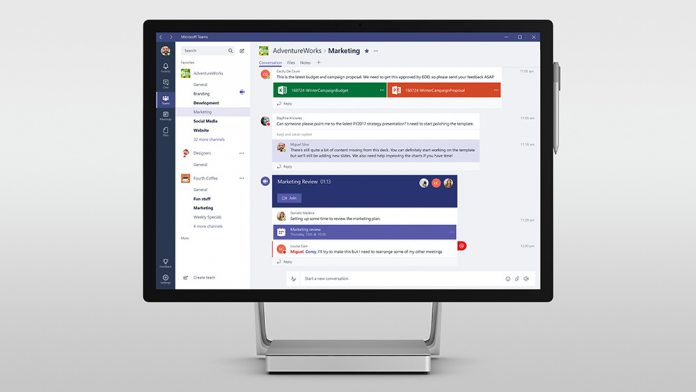We first reported on this merger earlier in the month, and Microsoft has been prepping Teams for the integration. This is further evolution of Microsoft’s business chat output. After purchasing Skype and rolling out Skype for Business, the company replaced its previous Lync service. Now, Microsoft Teams is obviously becoming the core service. Since launching fully earlier in the year, Microsoft Teams has been adopted by 125,000 organizations. Microsoft can expect Teams to continue to grow. Skype for Business is the largest workplace chat solution and will undoubtedly draw more people to Teams. With its deep links to Office 365, Microsoft believes Teams is the best platform to move its business chat solutions forward. While Skype for Business as a brand will be phased out, its legacy will live on in Microsoft Teams. Over the years, the company has developed the Skype service to handle calls, texts, and video conferences faster, more efficiently, and in higher quality.
Evolving Teams
Teams will get all of those developments. Ron Markezich, corporate VP for Office 365 said ahead of the public preview that Teams will continue to evolve. The service now sits “as the core communications client” for its cloud-connected users running Office 365. Teams will become the “hero and primary experience for all voice, video and meetings.” However, Skype for Business is not disappearing completely right now. Teams will slowly replace the service and indeed Microsoft is aware many organizations may be slow to make the switch. With that in mind, Microsoft will launch a new version of Skype for Business service in 2018.




